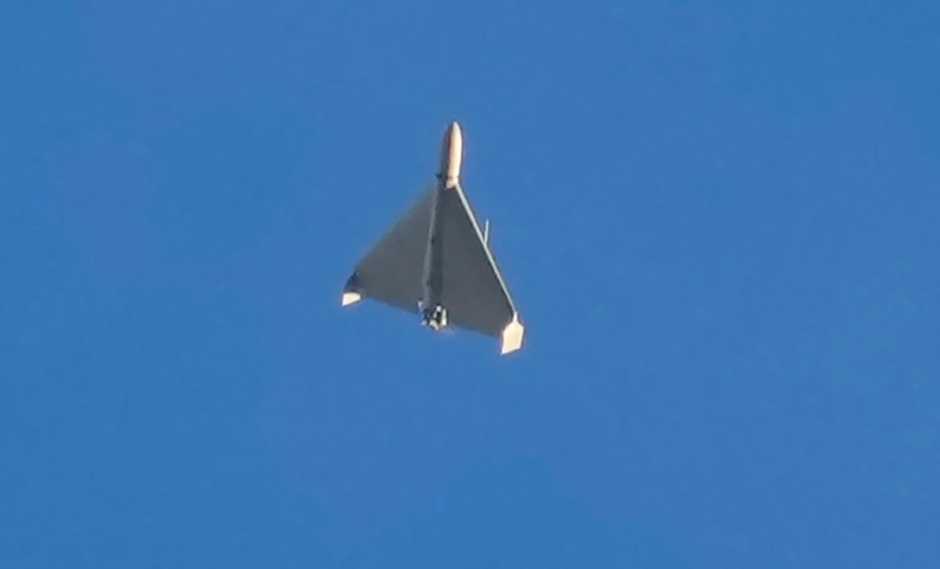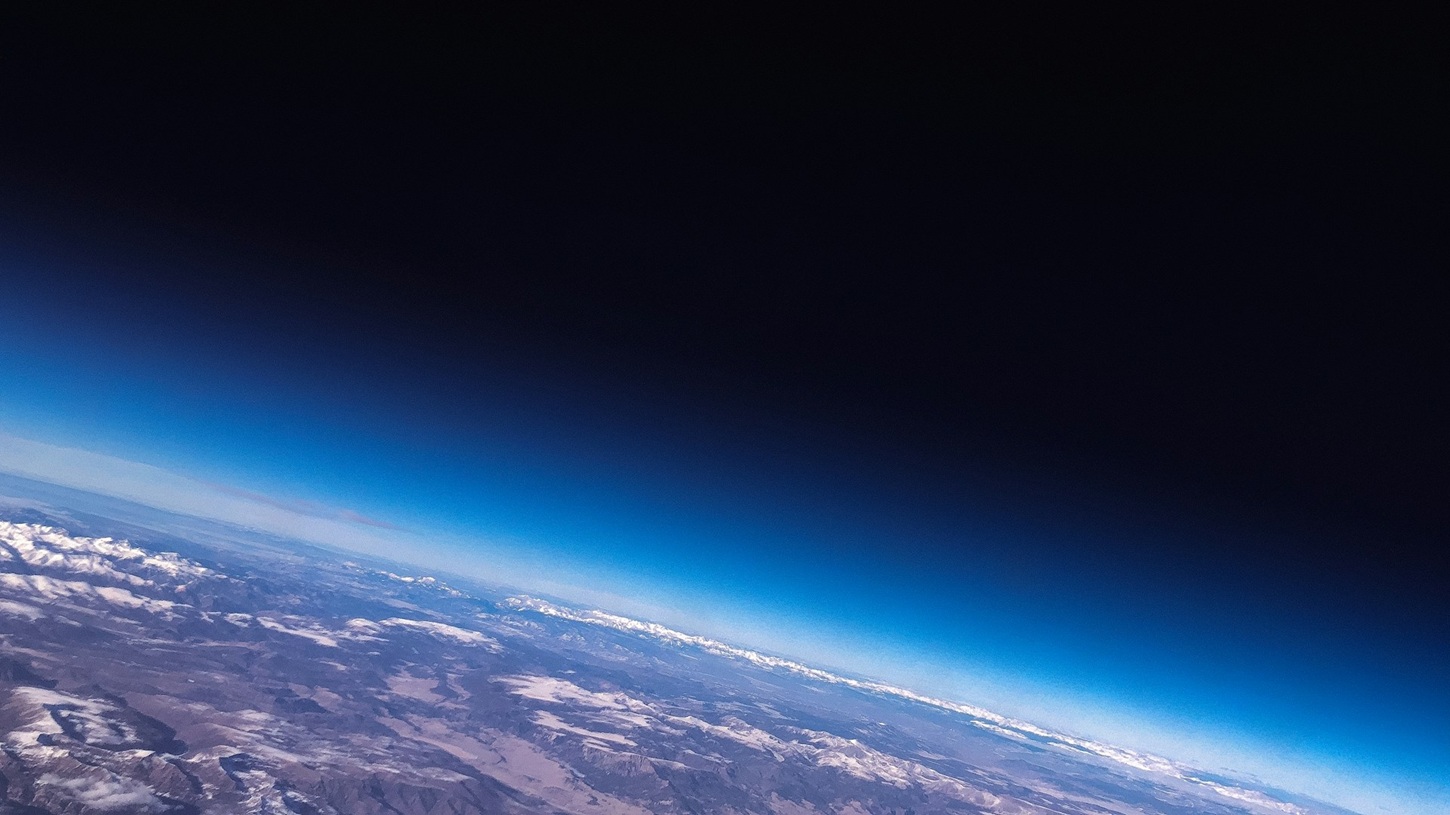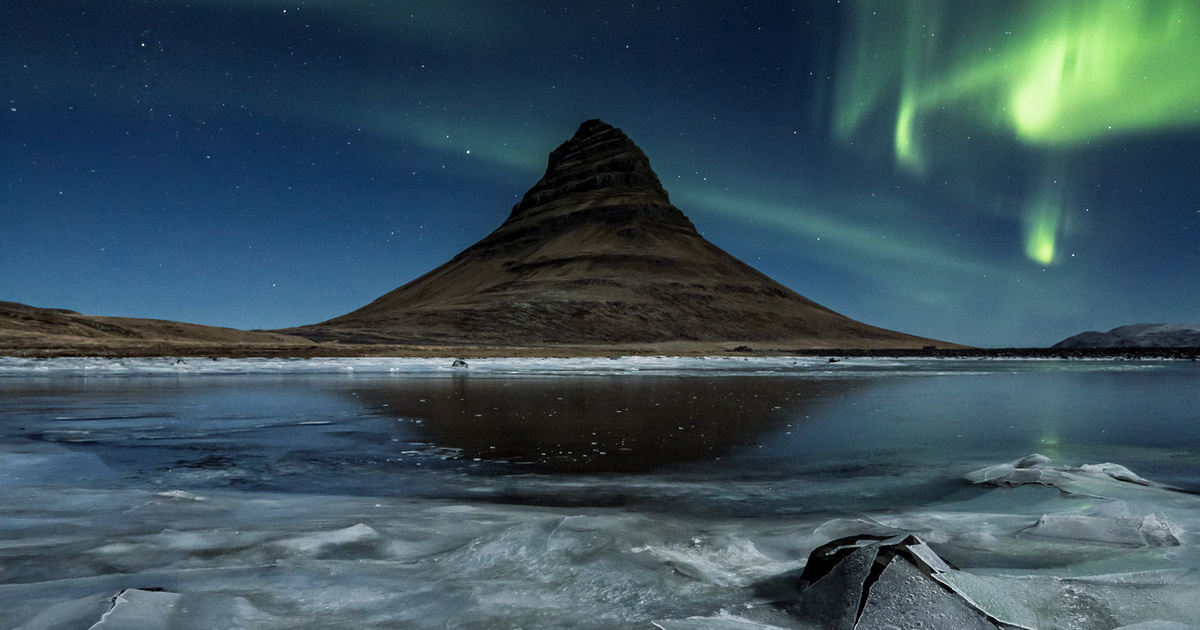In August, the image of the aurora borealis was chosen as Photo of the Month by the Hungarian Astrophotographers Association.
Northern lights
The aurora borealis is a celestial phenomenon, or more precisely, an atmospheric phenomenon that is not really visible in Hungary, or very rarely, as it arises when charged particles coming from the Sun interact with atmospheric molecules following the Earth’s magnetism field lines. This causes a mysterious greenish and rarely crimson glow in the sky around the Earth’s poles, in the shape of a ring, mostly around the Arctic Circle.
Challenge to pick up
Most of the time, if the photographer is lucky, the aurora is not too faint to be captured spectacularly. Instead, it changes very rapidly, so aurora details can only be captured in a very short exposure time of one or several times (10 seconds).
Individual track
However, the above technical challenges are still easily solvable, but creating a unique and harmonious composition of terrestrial and celestial phenomena is a serious challenge. This was achieved by András Papp, who paid great attention not only to celestial, but also to terrestrial phenomena, and was able to show us the Icelandic landscapes, often captured by the lens, in a completely new way. Below you can read his account of how much energy he put into finding the perfect and special introduction.
For many years I cherished catching an ice pyramid broken by stones on the coast of the Northern Seas. Although we can meet them relatively often in the winter months, they are often in inaccessible areas. This breakthrough only came after many, many failed or unsafe situations and surrender. When taking this photo, I was finally able to point the camera at the subject, using some acrobatics on the thin ice and the frozen, mirror-like beach. All this on a night when there were stronger than average aurora borealis on the horizon. While you wait and drive around, all you have to do is make sure the terribly fragile ice sheets remain intact until the sky show begins!













































